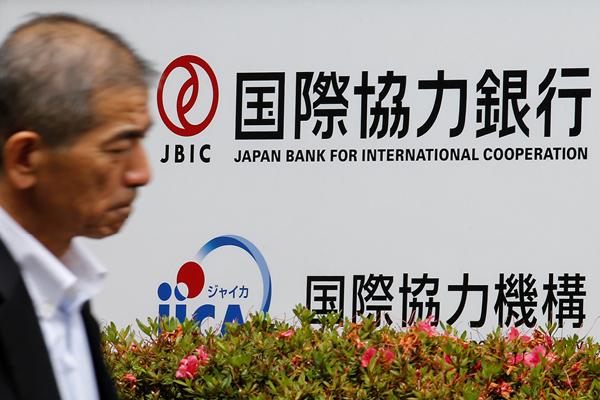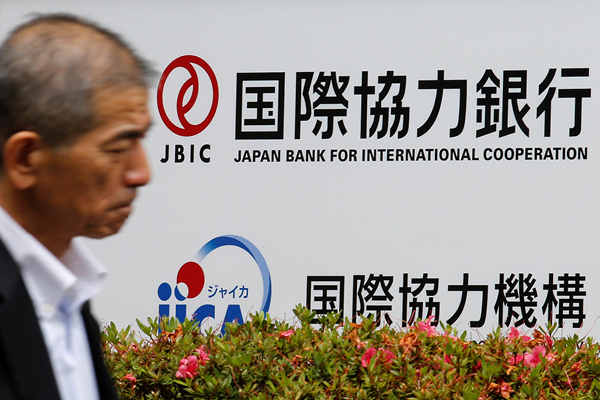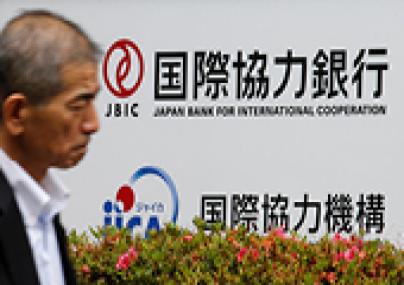
Japanese companies have been pouring investment into Southeast Asia in the past few years, and the projects and infrastructure sector is set to get a boost after the Japan Bank for International Cooperation (JBIC) changed its lending rules recently. This is translating into more work for law firms in both Japan and Southeast Asia, finds Ranajit Dam
Skip to
Japanese investors have been in love with Southeast Asia for some time now, but that passion appears to have intensified dramatically in the past few years or so. According to DBS Group Research, Japanese FDI flows into a group of countries termed the ASEAN-6 (Singapore, Thailand, Malaysia, Indonesia, Philippines and Vietnam) have averaged $20 billion annual for the past five years, with the exception of 2012 when investment in Thailand fell sharply after the floods. This is a big jump from the five years prior to that, when FDI flows were between $7 billion and $10 billion.
Significantly, FDI making its way into ASEAN-6 has been more than 50 percent of the investment into all of Asia, and according to the Japan Bank for International Cooperation (JBIC), about 56 percent of Japanese firms intend to expand business in ASEAN in the coming three years. The interest remains particularly strong in the markets of Vietnam, Indonesia and Thailand.
A big chunk of this investment has been into infrastructure projects. The Japanese government has announced its intention to further strengthen ties with Asian countries, including Southeast Asia by aiding in infrastructure development, and it has pledged cash to back it up: $110 billion will be poured into Asian projects over the next five years. Hanim Hamzah, regional managing partner of ZICOlaw and head of its Japan desk, says the projects that are most popular among investors are ones that “promise good ROI and are strategic for Japan-ASEAN engagement. In this sense, I would put power projects, road, and construction as top priorities in terms of sectors.”Additionally, Hamzah notes that while investment previously used to be by way of donor funds like JBIC or the Japan International Cooperation Agency (JICA), she is seeing increased investments into ASEAN infrastructure projects outside of the donor funds platform.
Kunihiro Yokoi, a senior associate at Japanese law firm Anderson Mori & Tomotsune (AMT), names power projects, mining, oil and gas, and transportation, particularly railways, as the projects that are most sought after. “Among the key trends we are seeing is that Japanese companies are trying to be involved in the almost all parts of the process,” he says. “This includes not only export of equipment but also involvement in the development, construction, operation and management of infrastructure, as this is a reliable, cost-efficient model that has worked well in Japan for a long time now.
They also intend to be involved in the project from the very early stage such as the feasibility study and/or the creation of designs.”
Back to topOVERCOMING CHALLENGES
Yokoi says that some of the major challenges faced by Japanese companies looking to get into the space are that they are not familiar with local regulations, including foreign investment rules, governance structures of companies and development restrictions. “Some companies are not used to negotiations with local partners or suppliers which are aggressive and difficult to manage in some cases,” he says. “We are assisting them on these matters utilizing our experience in advising many cross- border investments in the subject region as well as our resources of branches and a variety of network with local network, and assist the client in finding the best solution.”
For Hamzah, diverse ASEAN legal systems, challenging court or enforcement and dispute mechanisms, sanctity of legal agreements, change of law risks, and corruption and bureaucracy are common bugbears facing Japanese companies. “Being grounded with local insiders that lead all our offices puts us ahead in terms of connections and ability to provide real industry and business-focused legal solutions,” she says.
As a result of increased Japanese interest in Southeast Asia, ZICOlaw is noticing an uptick in work. “We have increased our engagements and deepened relationships with Japanese clients and law firms, both large and mid-sized,” says Hamzah, who adds that the firm now has dedicated Japanese desks in all offices. “We have also stepped up our secondment programmes and have dedicated Japanese lawyers in both emerging and developed ASEAN economies.”
Similarly, AMT has seen its work related to Southeast Asia increasing consistently in the past few years. “We have increased the number of branches for the last years to timely and efficiently support clients based on the latest legal practice in the relevant region,” says Yokoi. In May, AMT opened an office in the Thai capital of Bangkok, its third outpost in Southeast Asia after Ho Chi Minh City and Singapore. It also has a Jakarta desk in the office of Roosdino and Partners, the ZICOlaw network’s member firm in Indonesia.
A number of other Japanese law firms also have offices in the region. Mori Hamada & Matsumoto, for example, has offices in Singapore, Bangkok and Yangon, to go with a Jakarta desk And Nishimura & Asahi has offices in Bangkok, Hanoi, Ho Chi Minh City, Singapore and Yangon.
Back to topJBIC HELP
In May this year, the Japanese parliament approved a landmark change to the operating charter of JBIC. The change to the lending rules allow for higher-risk investment through a special account, and this is expected to boost investment into Southeast Asia in the coming years, particularly in the power and transport infrastructure projects that are most sought after by Japanese companies. JBIC currently has 1.6 trillion yen ($15 billion) in outstanding commitments to ASEAN countries, with much of the investment in power plants and other power-related infrastructure, according to FT Confidential Research, which suggests that Japanese companies will be able to better compete for contracts with Chinese competitors.
“By this amendment, JBIC will secure an investment capacity of 200 billion yen,” says Yokoi of AMT. “This will attract investments by Japanese companies to projects in emerging countries with low credit ratings, as well as projects organized by local governments. It will also increase investments into high-risk projects which were earlier not considered eligible for JBIC loans, since there was no guarantee that these businesses would be able to repay the loan for sure.” He adds that the rule change may increase more opportunities for Japanese companies to be involved in early stage projects and relatively new projects outside of the popular sectors such as power and transport, such as urban development including the development of industrial parks and construction of hospitals.
Yokoi adds that in line with the high demand of infrastructure development in this region, he expects there to be continuous and increasing opportunities for new investments by Japanese companies into the existing types of infrastructure as well as the new types. Hamzah of ZICOlaw agrees. “I expect to see increased investment as Japanese businesses seek to diversify their investments globally,” she says. “Having said that, ASEAN economies must continue to provide a robust legal framework and certainty of legal contracts in order to reduce business risks.”
Back to top

